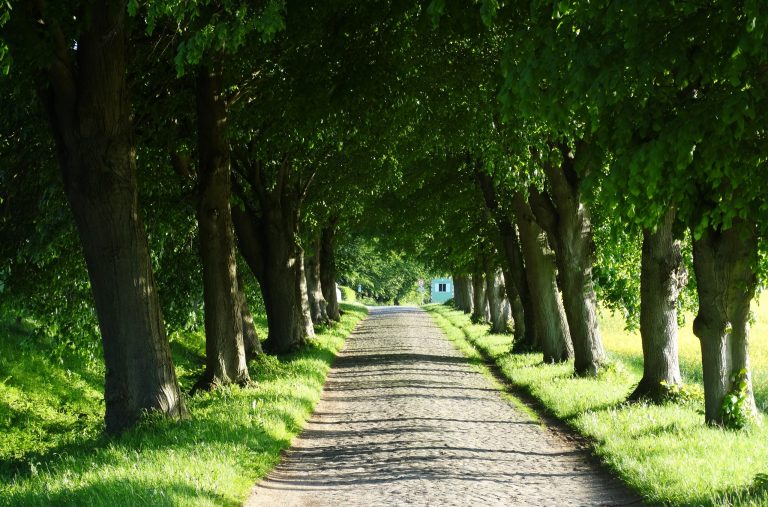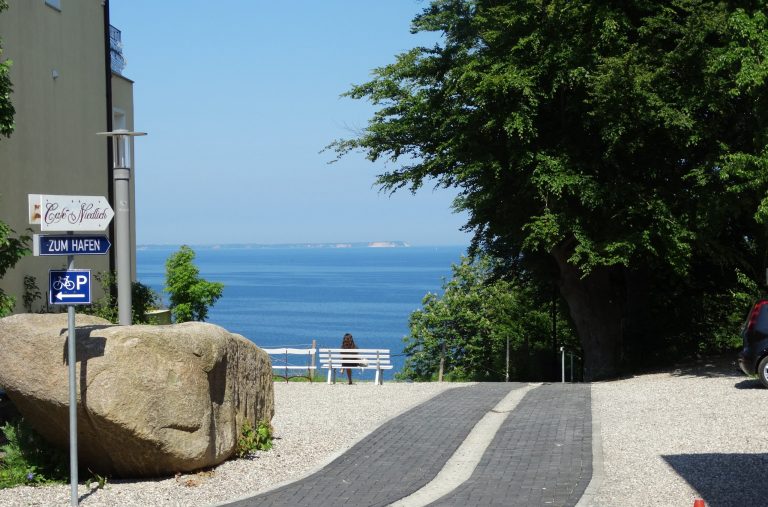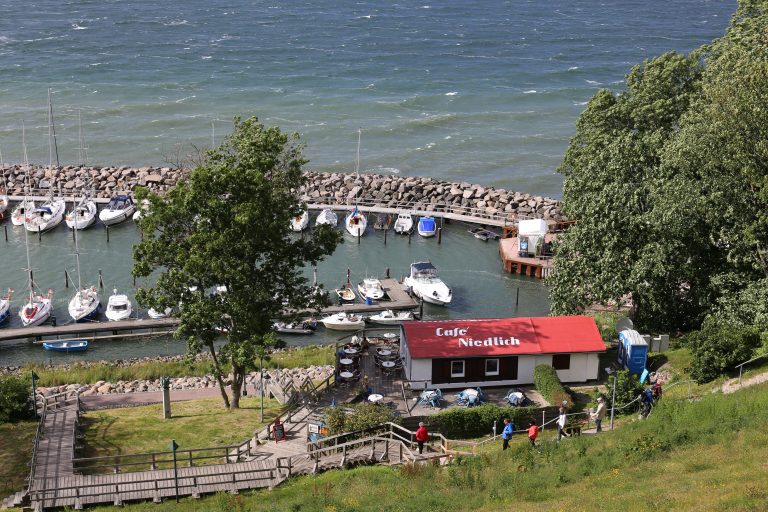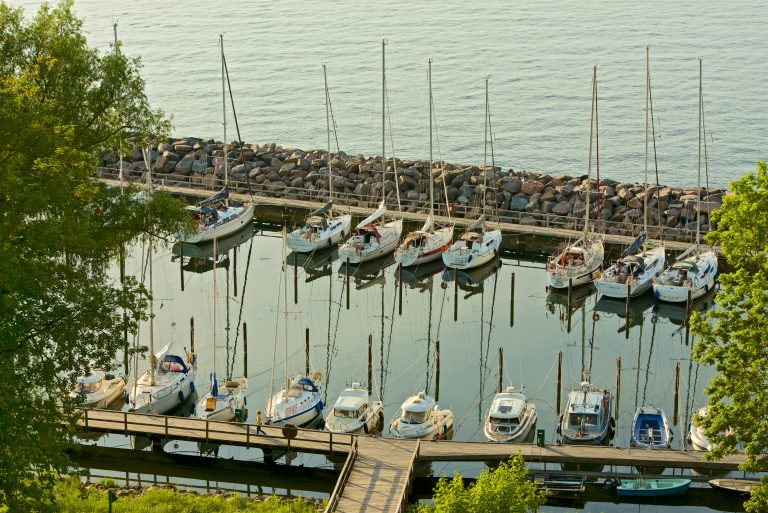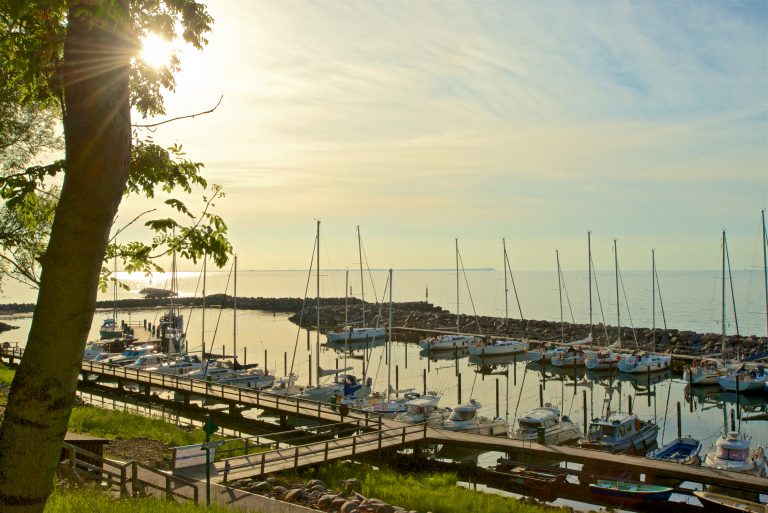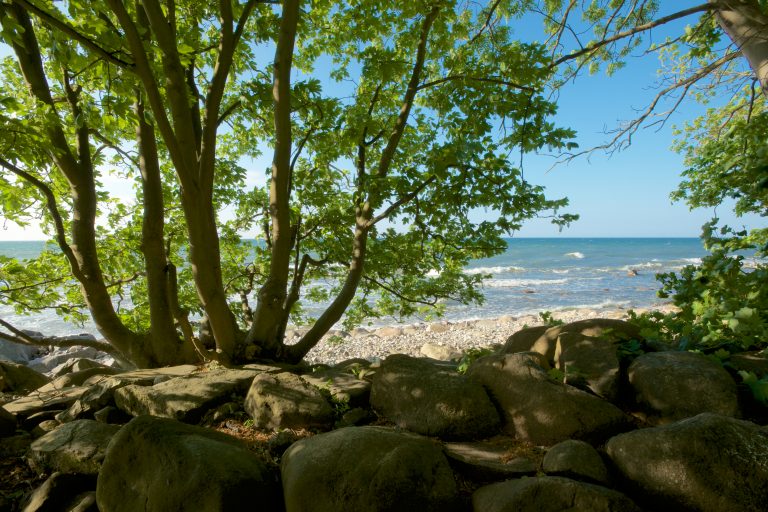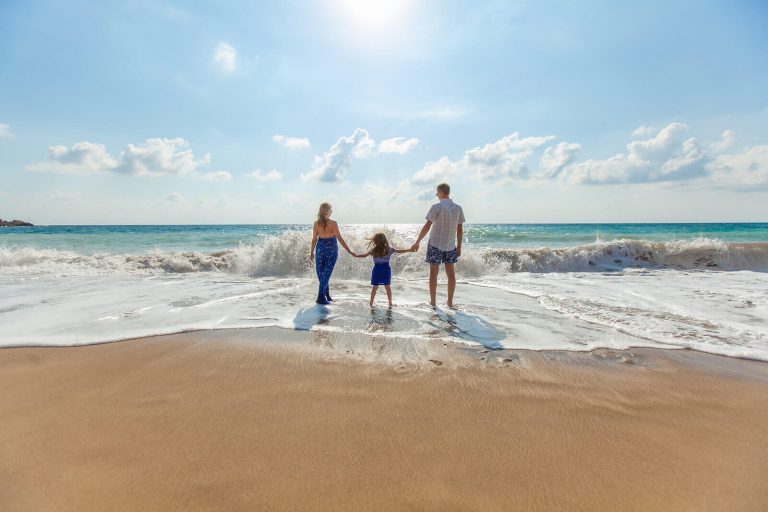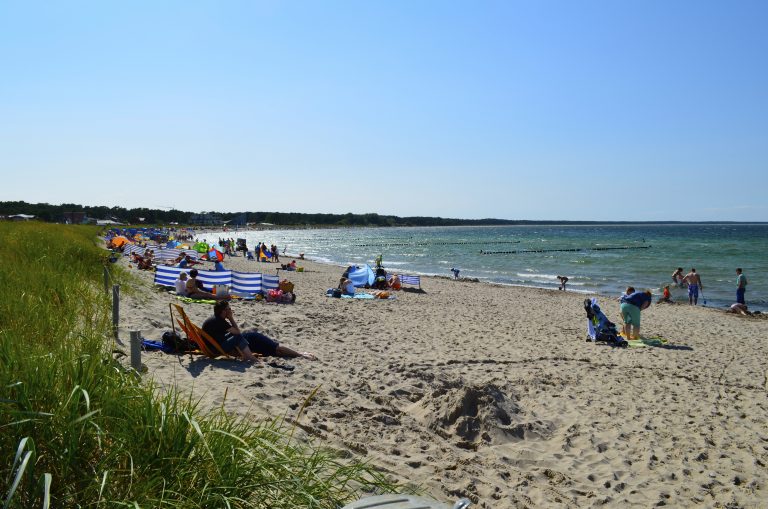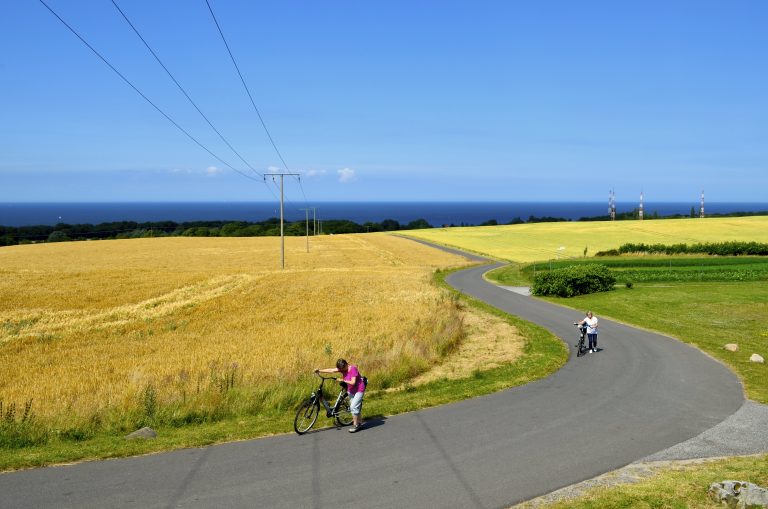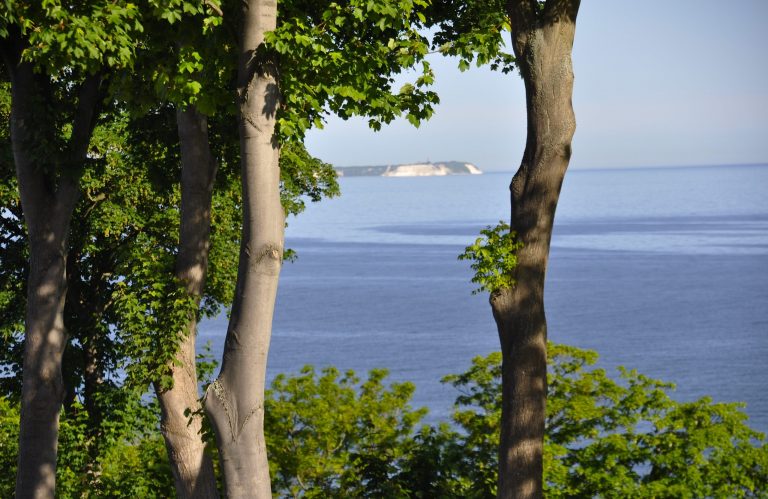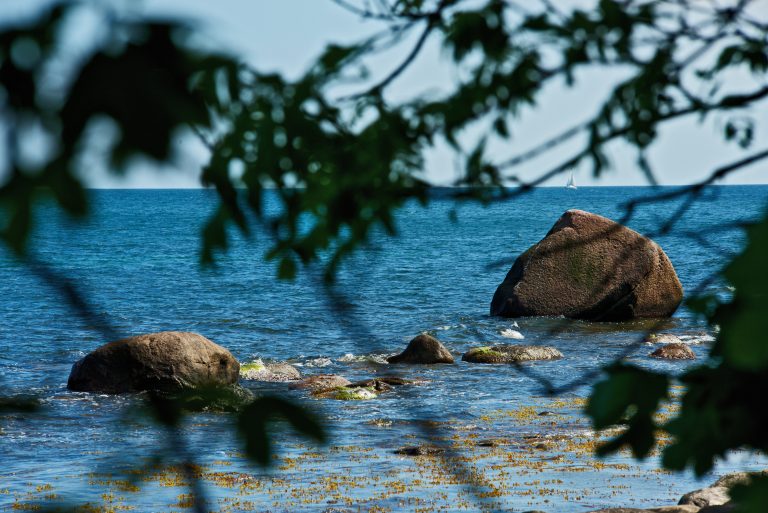Lohme and the Jasmund Peninsula
Your host town Lohme
An avenue of lime trees leads straight to this romantic pearl in the north of Rügen – to Lohme. The charming former fishing village above the steep coast is a destination for everyone who is looking for relaxation and tranquility rather than the tourist bustle.
From many places in the village you can enjoy a wonderful view of the Baltic Sea. Strolling through the alleys of Lohme you will discover facades entwined with roses. Cherry trees, mallows and elders adorn the small gardens. A rustic shop above the harbor offers amber jewellery, and a pottery workshop offers high-quality ceramics.
Ranzow Castle – a castle hotel with a golf course – has recently become a nice destination again. The famous Jasmund National Park with the legendary chalk cliffs is partly in the municipal area. The Schwanenstein – a boulder weighing 162 tons in front of the bank – is the landmark of Lohme, whose coat of arms is adorned with a white swan.
The marina, inaugurated in 1997 after three years of construction, is Lohme’s greatest pride. The modern facility replaced the town’s old fishing port, which had fallen into disrepair during the GDR era. The more than 50 berths are protected by a mighty pier made of heavy granite boulders.
Those who choose to descend to the harbor will be rewarded with a cool beer or a warm apple strudel in the legendary „Café Cute“. On the horizon you can see the cargo ships, ferries or cruisers pass by. But the best way to enjoy the fresh breeze from the sea is of course with a good glass of summer punch on the lakeside terrace of the Panorama Hotel Lohme.
Jasmund Peninsula
In Rügen’s green north, on the Jasmund peninsula (Slavic: „the shiny one“), nature spreads its arms wide. Here was the cradle of German Romanticism, and its heart still beats here. Artists came to Rügen as the first „tourists“ 200 years ago. Painters and poets were fascinated by the beauty of the Stubnitz, where the rustling of the forest combined with the surf of the Baltic Sea.
The famous and much-visited Königsstuhl is the best-known vantage point on the chalk coast of Jasmund. The port of Sassnitz with its endlessly long outer pier is also worth seeing. But there is much more on Jasmund! On foot or by bike you can roam the forests and green hills in Lohme’s surroundings. Discover boulders and dolmens. Kids love that. The white, endlessly long sandy beach of the Schabe is not far away. Cape Arkona is worth a trip.
In spring, the yellow rapeseed glows against the blue of the Baltic Sea, in summer, blue cornflowers and red poppies bloom along undulating wheat fields. The Stubnitz beech trees change color in autumn. When later cranes and wild geese migrate south again, the peninsula is transformed into a winter wonderland. This is the time for real connoisseurs.
The island Rugen
The Baltic Sea, this flat, low-salt sea without tides, was only formed 10,000 years ago as a result of the Ice Age. Rügen was previously part of the Swedish mainland and was settled around 7000 years ago.
The name Rügen means „torn land“ – water and land are nowhere as fascinatingly combined as on Germany’s largest and most beautiful island. A jagged coastline stretches nearly 600 kilometers around an area of 926 square kilometers of land. Narrow land bridges cross the shallow bay between the Jasmund, Wittow, Mönchgut and Zudar peninsulas.
Dense forest and wide fields, cliffs and beaches alternate. Ancient avenues lead to magnificent mansions and fashionable bathing resorts with the typical Rügen spa architecture of the Gründerzeit. High bank paths, bike paths and almost endless sandy beaches invite you to enjoy hiking. Horseback riding, golfing, sailing, surfing and deep sea fishing are just a few of the wide range of leisure activities.
